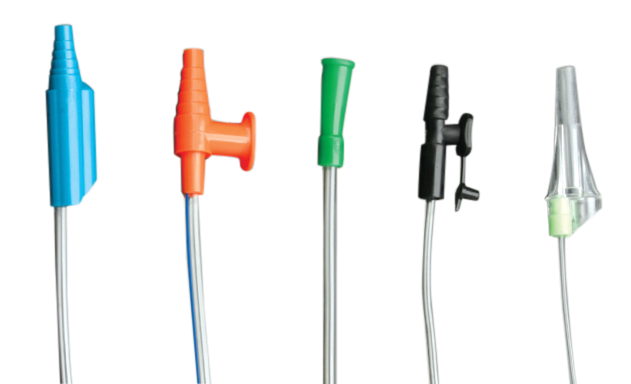
A suction catheter is a medical device that is inserted into the body through a vein or artery to remove blood clots or other materials from the body. The catheter is inserted through a vein in your arm and passed through to the larger veins in your neck. The suction on the catheter draws the material out of the body.
| Item No.: | Description: |
|---|---|
| NMR1021 | with Control Valve Connector |
| NMR1022 | with Y Connector |
| NMR1023 | with Pipe Connector |
| NMR1024 | with Straight Connector |
| NMR1025 | with with Funnel Connector |
PVC is a popular material for manufacturing medical devices and other materials. But because PVC is made from a variety of chemicals, it can be dangerous if swallowed or if it enters the body through open wounds. Now, researchers at Rice University have developed a suction catheter made of non-toxic PVC that can be used to remove objects from the throat or lungs.
A suction catheter is a medical device that is inserted into the body through a vein or artery to remove blood clots or other materials from the body. The catheter is inserted through a vein in your arm and passed through to the larger veins in your neck. The suction on the catheter draws the material out of the body.
A suction catheter is a medical device that is inserted through the mouth or nose into the airway of a person to help maintain an open airway. They are made of a variety of materials, but the most common are made of non-toxic PVC.
One of the benefits of a Suction Catheter is that it is made of non-toxic PVC. This makes it a safe option for patients and doctors alike. PVC is a material that is both durable and environmentally friendly, which makes it a good option for medical devices. Additionally, PVC is heat resistant, which means that it can withstand high temperatures.
There are a few things to keep in mind when choosing the right suction catheter. The material it is made of is one factor to consider, as is the size and type of connector. Another important factor to consider is the quality of the tubing, as this will affect how easily the catheter can be inserted and removed. Finally, it's important to make sure that the device has been properly tested and is safe for use.